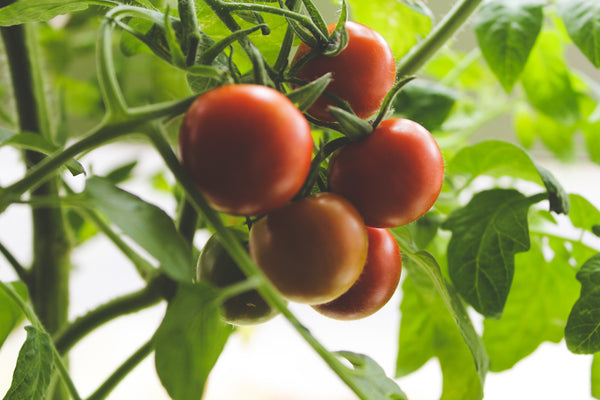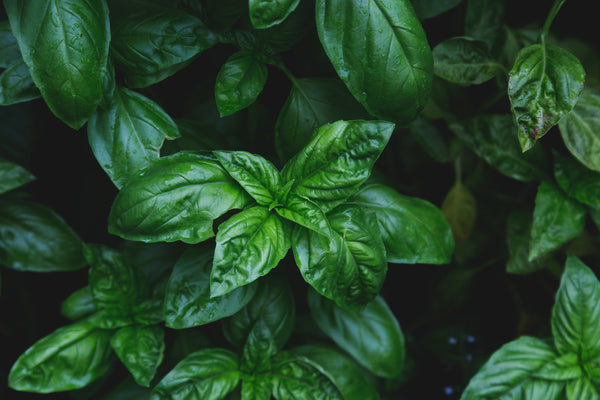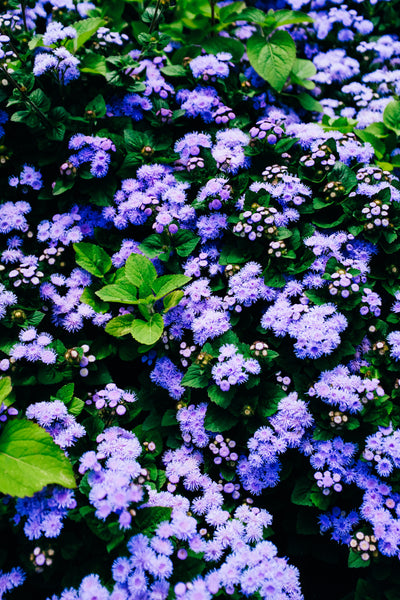Chives have been in use as a culinary herb in China since around 3,000 BC. It was Marco Polo who returned westward with the notion that they made good eating, but chives were not popular in European gardens until the 16th century.
When I Get My Seedling Home
Keep seedlings under very bright light to prevent legginess. Artificial lights are ideal, but a bright (ideally, south-facing) room will work for the short term. You may have to pot on seedlings more than once before they go out to allow for root growth. This is done by transplanting them into a slightly larger container with enough additional soil to keep the container mostly full. Keep the soil moist by daily watering and allow for free drainage so the plants are never sitting water.
Transplanting
Do not transplant outside until daytime temperatures are steadily 10°C (50°F) or warmer. This may mean keeping seedlings indoors for up to a month. The plants should not require any fertilizer until transplant time.
Growing
Clumps of chives spread to about 30cm (12″) across. They should be divided at that point and replanted to stand 30cm (12″) apart or broken up for containter planting. Remove flower stems before they open to increase foliage production. Keep chives watered evenly throughout the season. For a winter crop, try digging up a small clump after the foliage dies back in the fall. Plant this in a container using loamy potting mix, and bring indoors to a warm, and very bright windowsill.
Harvest
The whole plant can be cut down to 4cm (2″) from the ground. Use scissors and take as much as needed. Chives don’t dehydrate well, so use fresh portions regularly. The flowers can be used in salads or to flavour vinegars.
Companion Planting
Chives improve the flavour of carrots and tomatoes, and make a good companion plant for Brassicas. They help to repel aphids, carrot rust fly, and Japanese beetles. Avoid planting near beans and peas.
More on Companion Planting.



